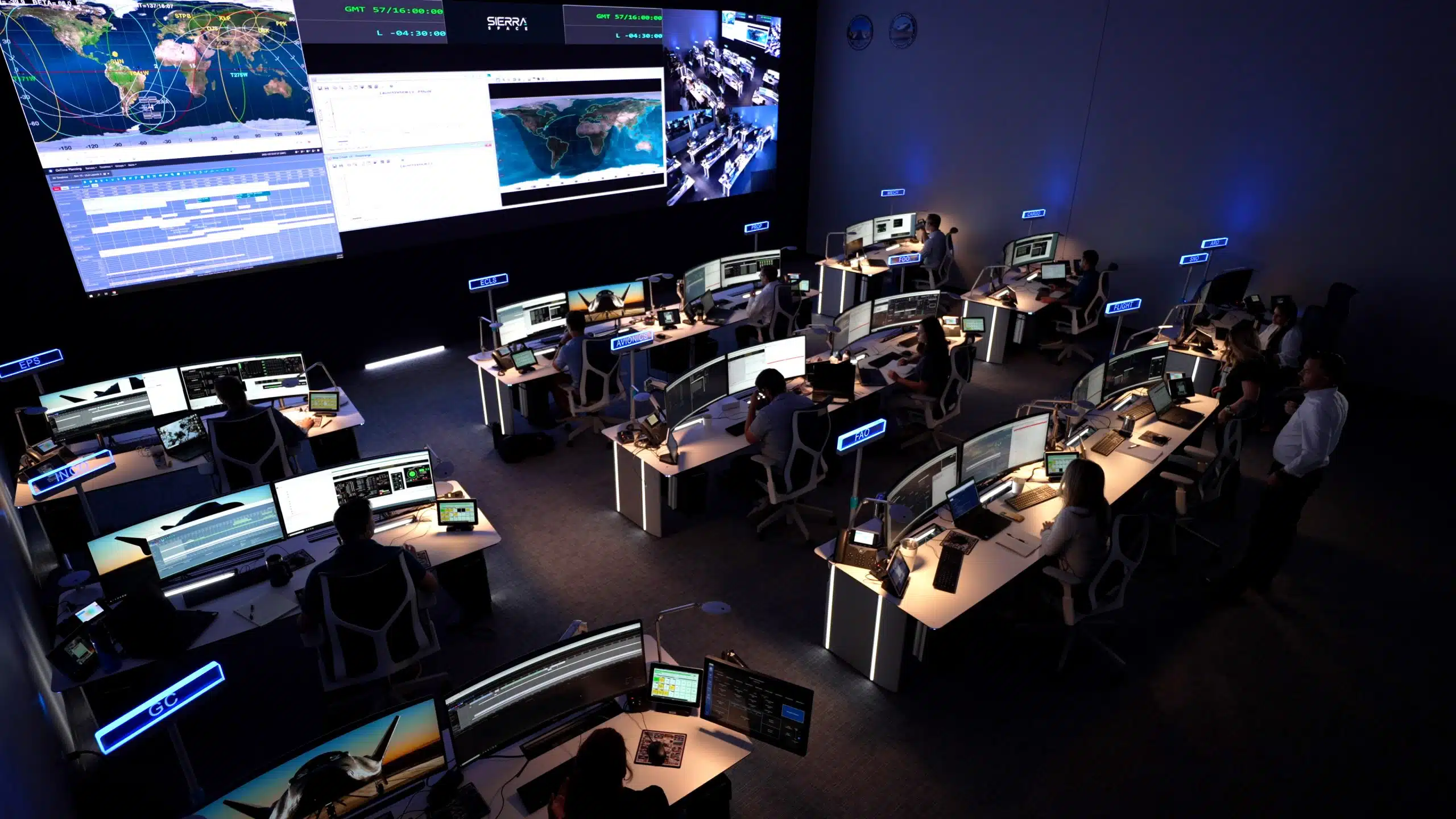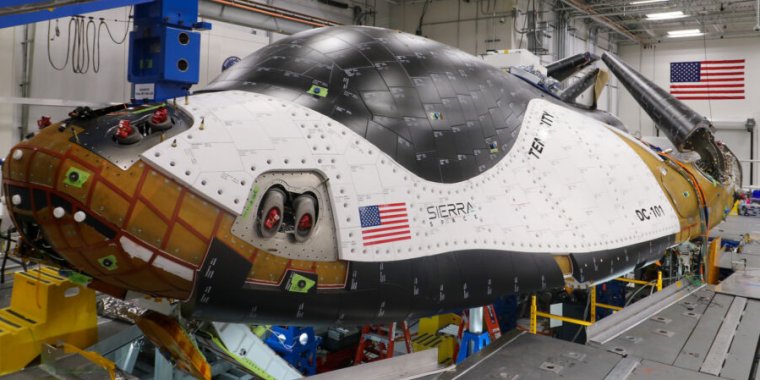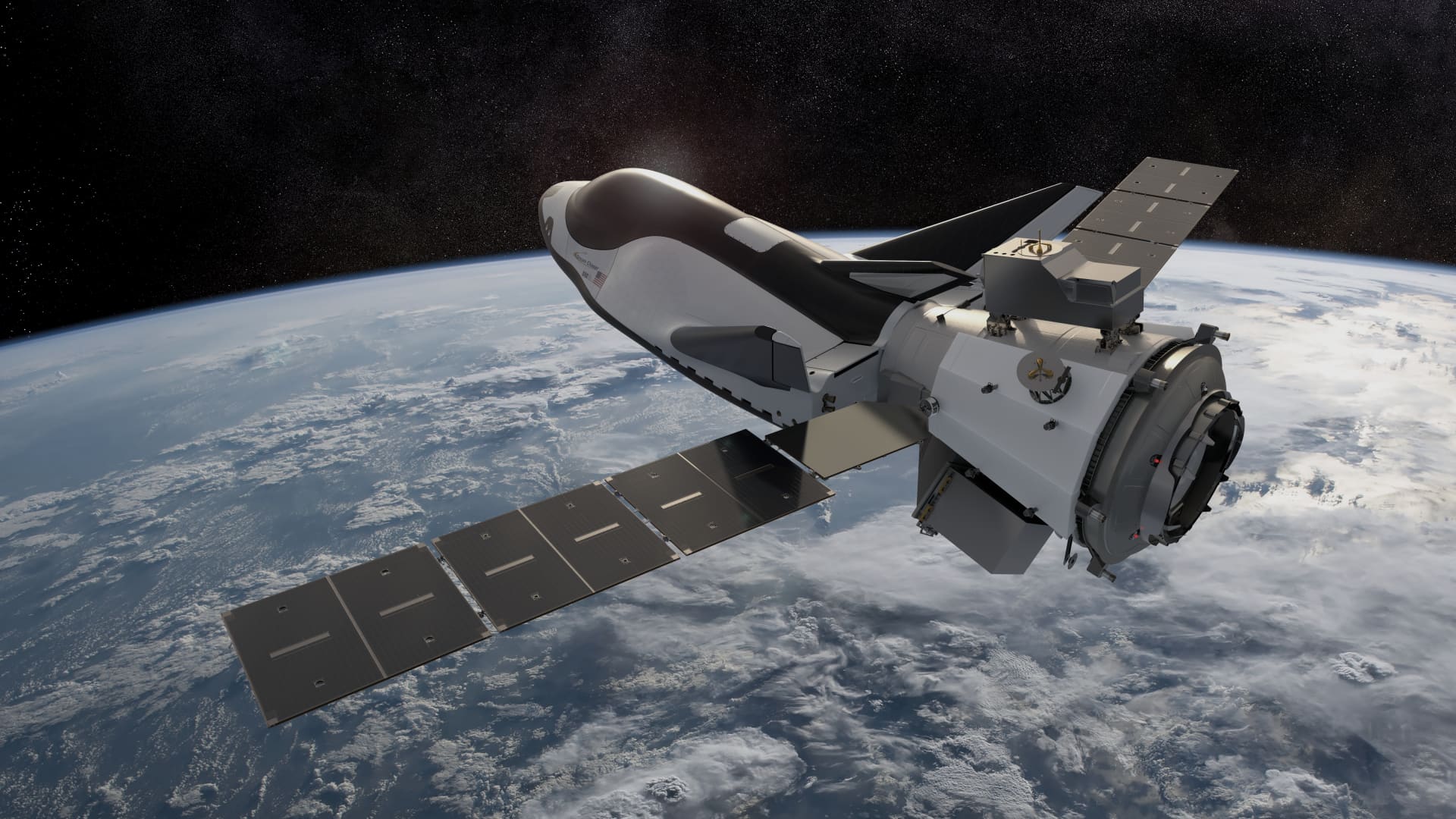Even though the Dream Chaser's first launch is still months away the mission support team for it has already started rehearsing orbital operations including docking with the ISS, from theSpaceBucket:
As Dream Chaser approaches its first launch, teams have been busy making sure the spaceplane is ready. This not only includes physical progress and development but practice and coordination with NASA surrounding the flight profile and ISS docking procedure in particular. On this first mission, Dream Chaser Tenacity will be carrying valuable cargo and will need to dock with the ISS before returning home.
This is a delicate process that can’t afford any mistakes for the safety of the vehicle and more importantly crews on the International Space Station. Over the past few days, Sierra Space has been going through different simulations for this exact process. This includes the approach starting over 100 km below the station all the way to the connection.
As of right now, Dream Chaser Tenacity is practically ready for flight. Based on reports from Sierra Space the test article is just about complete and could already be finishing its final testing. Here I will go more in-depth into this simulation, the final work on Tenacity, what to expect in the coming weeks, and more.
Full article here - https://thespacebucket.com/dream-chas...



